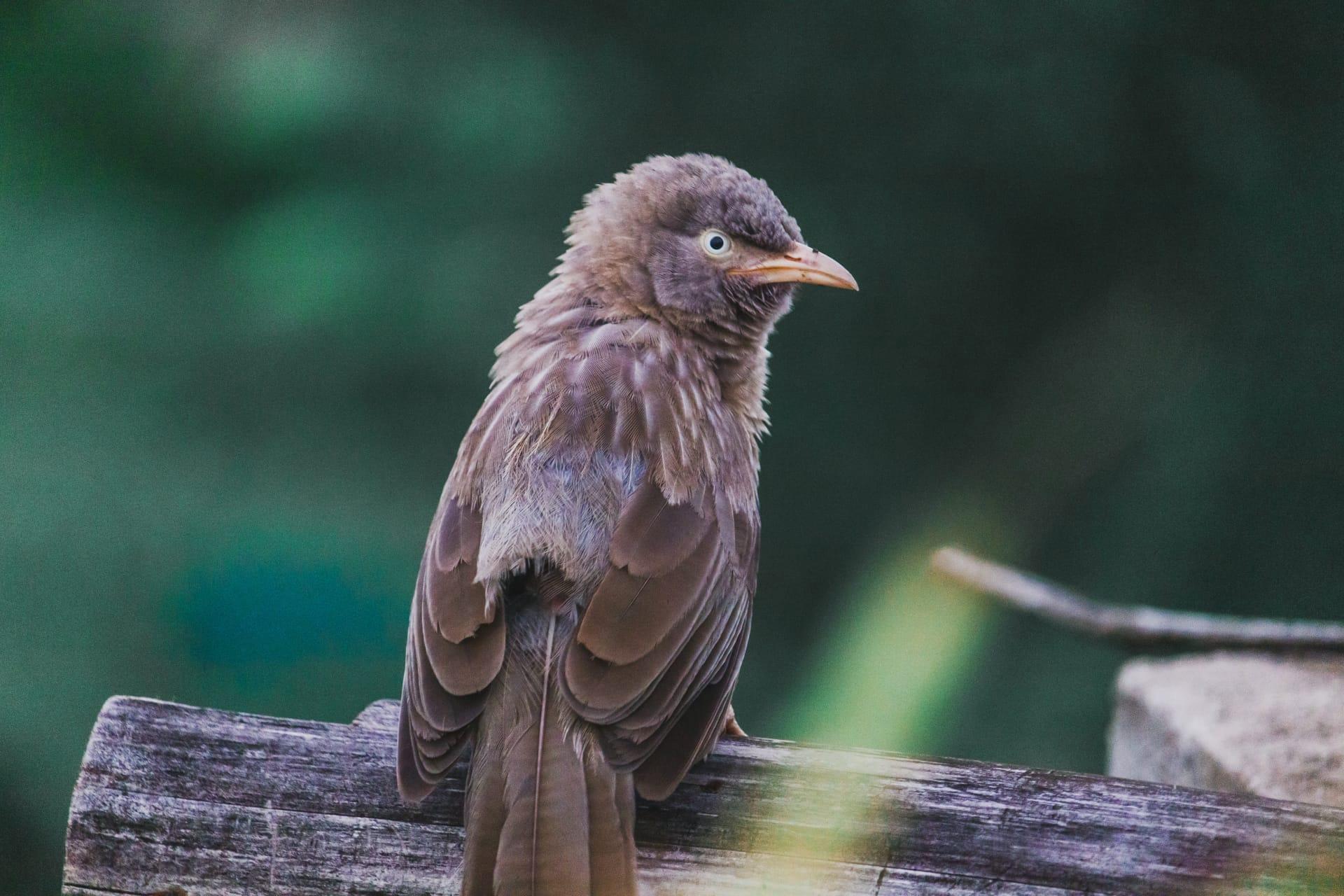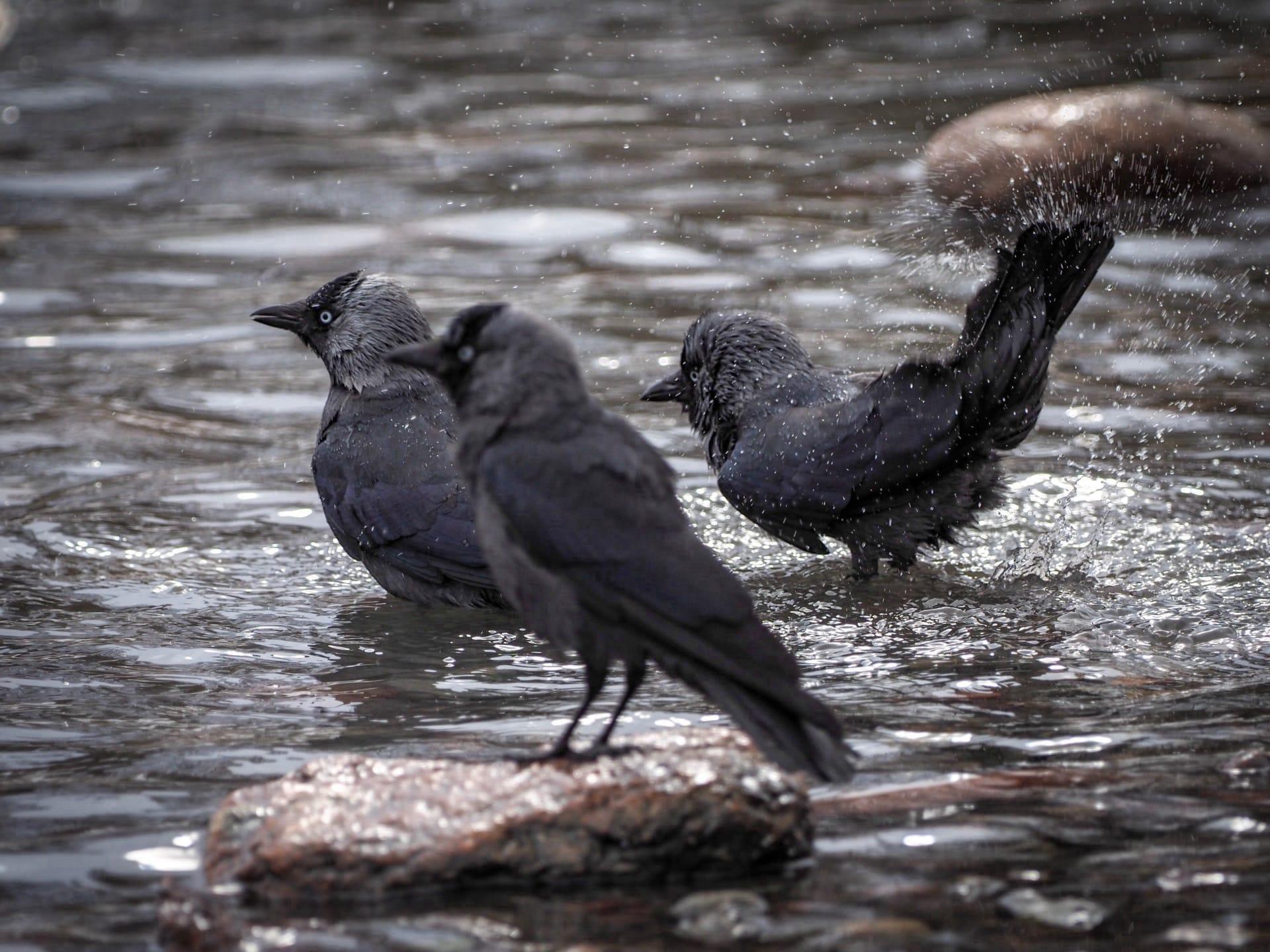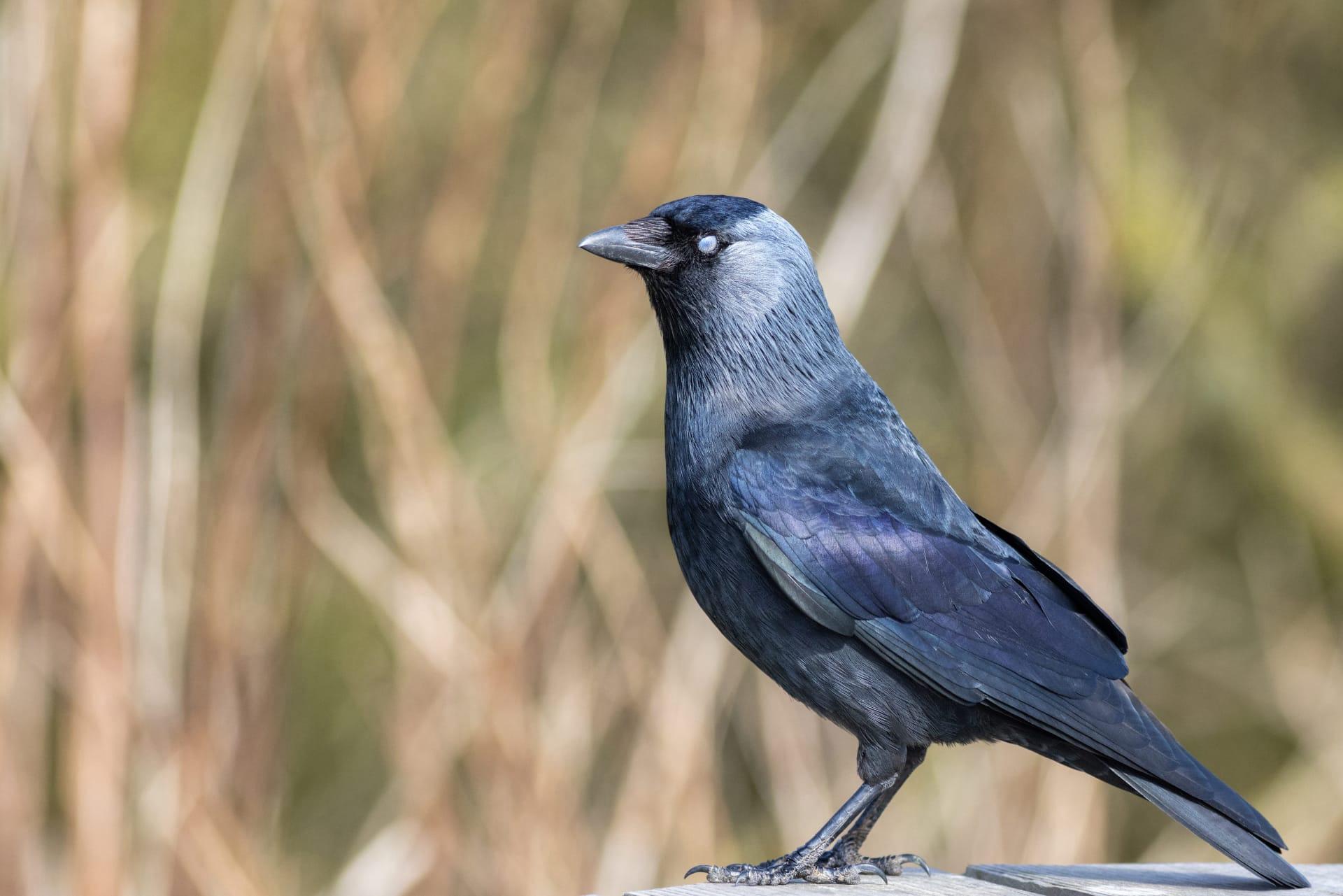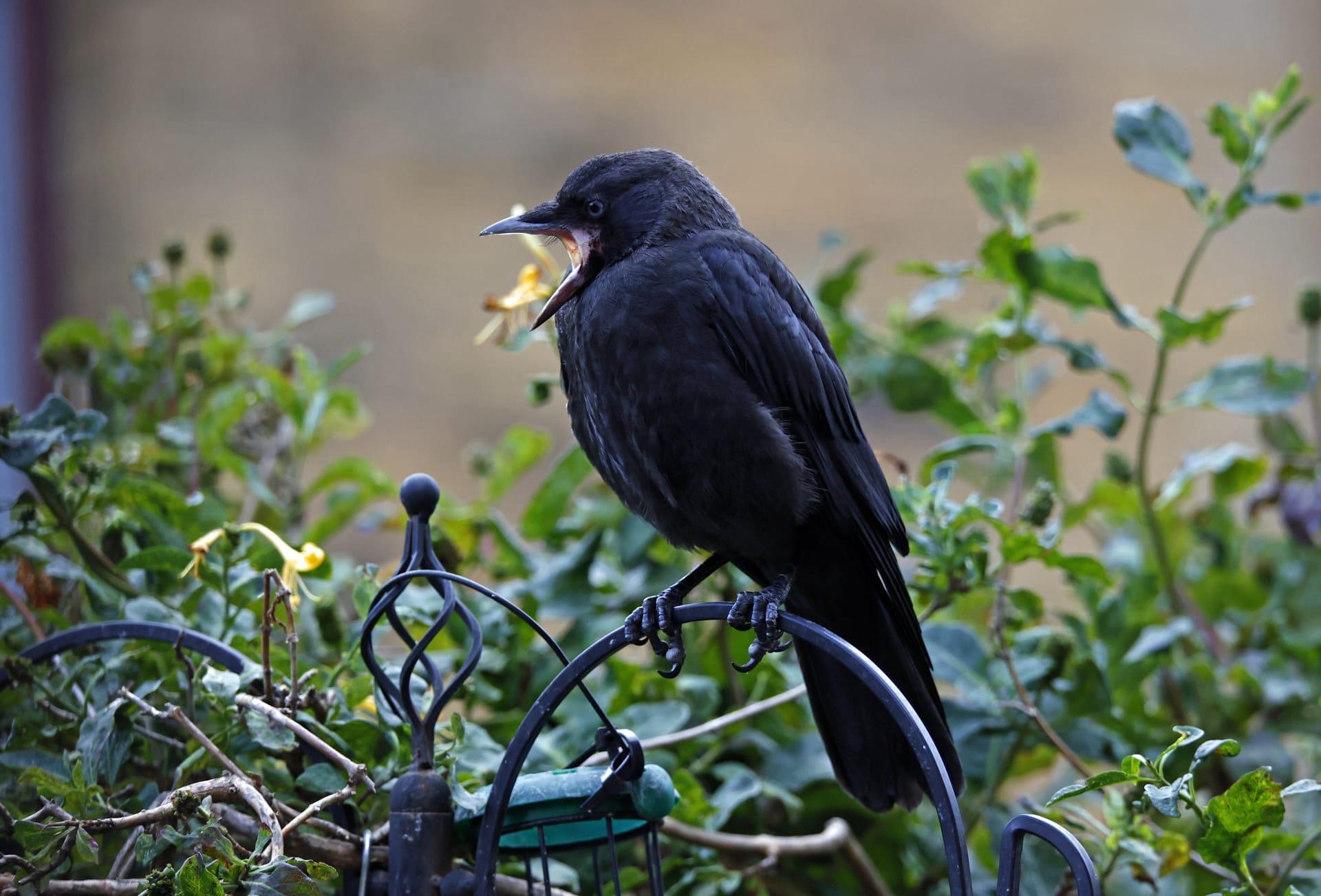Jackdaw Trivia
- Home /
- Trivia Question /
- Animal /
- Jackdaw Trivia
1
Question: What distinguishes the Jackdaw from other members of the crow family in terms of appearance?
Answer: Jackdaws are easily recognizable in the crow family due to their distinctive silvery sheen on the back of their heads and necks. Compared to their crow cousins, they are smaller, measuring around 34 to 39 centimeters in length, with a wingspan of about 70 to 80 centimeters. Their eyes are notably striking, with a pale blue or gray iris that stands out against their predominantly black plumage.
Question: How does the Jackdaw's social behavior differ from other birds?
Answer: Jackdaws are known for their highly social nature. Unlike many bird species that might be solitary or only social during mating seasons, Jackdaws maintain complex social structures year-round. They are often seen in pairs or small groups and are known to form large flocks. Remarkably, these birds engage in social activities like play and mutual preening, and they even participate in communal roosting, where hundreds or even thousands of birds gather together at night.

2
Question: Is it true that Jackdaws can mimic human speech?
Answer: Yes, Jackdaws can mimic human speech, although not as proficiently as some other birds like parrots. These intelligent birds can learn to reproduce a variety of sounds, including human words, especially when raised in captivity or close human contact. Their vocal abilities are a testament to their complex communication skills within their social groups.
Question: Do Jackdaws steal shiny objects, as commonly believed?
Answer: This is a misconception. While Jackdaws are curious birds, research has shown that they do not have a particular preference for shiny objects. This myth possibly arose from their general investigative behavior. Jackdaws, like many corvids, are inquisitive and may explore various objects in their environment, but they do not specifically seek out or hoard shiny items.

3
Question: What is unique about the Jackdaw's diet compared to other corvids?
Answer: Jackdaws have a versatile diet, but they exhibit a preference for seeds and grain, setting them apart from other corvids who might favor more meat-based diets. They are opportunistic feeders and will also consume insects, small rodents, and fruit. In urban areas, they are known to scavenge for food waste, demonstrating their adaptability in different environments.
Question: How do Jackdaws communicate with each other?
Answer: Jackdaws have a rich repertoire of vocalizations used for communication. They use varied calls that can signify different things, such as alarm calls, contact calls, and social calls. Researchers have noted that their calls can vary in intensity and frequency, suggesting a level of complexity in their communication. Additionally, their body language, like posturing and feather displays, plays a crucial role in their social interactions.

4
Question: Are Jackdaws monogamous, and how do they raise their young?
Answer: Jackdaws are predominantly monogamous and often form long-term pair bonds. During the breeding season, they build nests in cavities, like tree holes or chimneys, where the female lays 4 to 6 eggs. Both parents are involved in raising the young: the female primarily incubates the eggs, while the male provides food. After hatching, both parents feed the chicks until they are ready to fledge.
Question: What role do Jackdaws play in their ecosystem?
Answer: Jackdaws play a significant role in their ecosystem as both seed dispersers and as a control for insect populations. By consuming a large number of seeds and grains, they aid in seed dispersal, which is crucial for plant regeneration. Their diet of insects, including crop pests, helps in natural pest control, benefiting agricultural fields and gardens.

5
Question: How long do Jackdaws live, and what are their primary threats?
Answer: In the wild, Jackdaws can live up to 15 years, though this varies depending on environmental factors and threats. Their primary threats include habitat loss due to urbanization, pesticide exposure, and predation by larger birds. However, they are adaptable and have thrived in urban environments, which offer new food sources and nesting opportunities.
Question: Do Jackdaws play a role in folklore or cultural beliefs?
Answer: Yes, Jackdaws hold a place in various cultural beliefs and folklore. In European folklore, they are often associated with thievery and trickery, likely due to their curious and intelligent nature. In some cultures, they are seen as symbols of communication and social connection, reflecting their complex social behaviors and vocalizations. These cultural representations highlight the intriguing nature of Jackdaws in human society.